Among the countless records Lewis Hamilton and Mercedes have set together is one for the most race victories together in the world championship. Hamilton has now won 74 times for Mercedes, two more than previous record-holder Michael Schumacher achieved with Ferrari.
Add that to the six world championships and seven constructors’ titles together, it means there’s no doubt that in terms of sheer weight of numbers the Hamilton/Mercedes alliance is statistically the greatest in F1 history.
MOST WINS BY TEAM/DRIVER COMBINATION
1 Lewis Hamilton/Mercedes 74
2 Michael Schumacher/Ferrari, 72
3 Sebastian Vettel/Red Bull, 38
4 Ayrton Senna/McLaren, 35
5 Alain Prost/McLaren, 30
6 Nigel Mansell/Williams, 28
7 Jackie Stewart/Tyrrell*, 25
8 Jim Clark/Lotus, 25
9 Nico Rosberg/Mercedes, 23
10 Damon Hill/Williams, 21
*Includes Tyrrell when it ran as Matra Sport
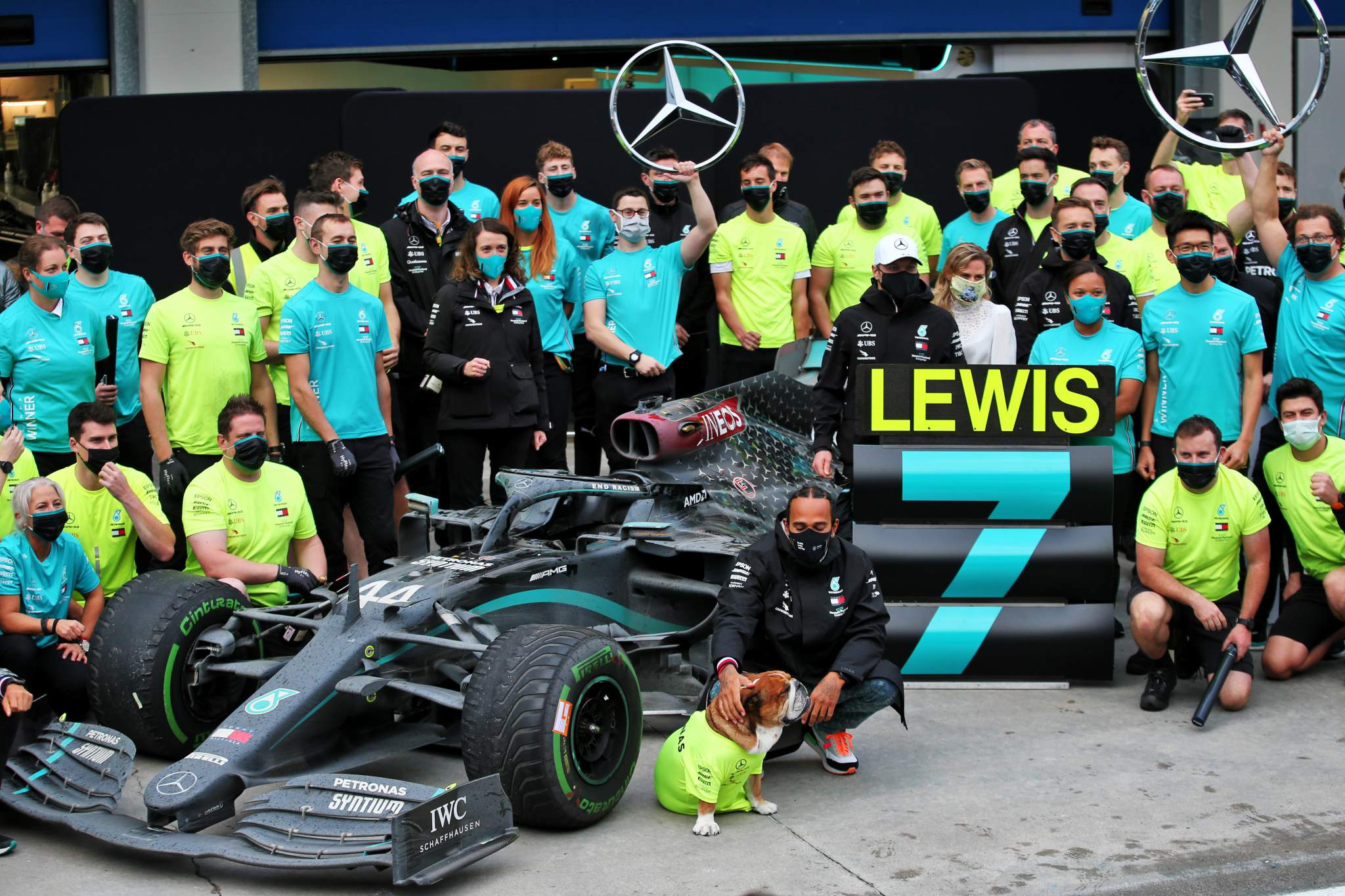
But volume of numbers is only one metric. As with all F1 statistics, the increased number of races in the 21st century means more recent drivers have an advantage when it comes to building up an enormous weight of numbers.
It’s no coincidence that the top three in the list had all or much of their success with those teams in the 21st century.
This can be reframed to adjust for that by using a win percentage with teams based on wins per start as we work to filter down the contenders based on the numbers.
WIN RATE BY TEAM/DRIVER COMBINATION
1 Juan Manuel Fangio/Mercedes, 66.7%
2 Lewis Hamilton/Mercedes, 47.44%
3 Alberto Ascari/Ferrari, 44.83%
4 Alain Prost/Williams, 43.75%
5 Michael Schumacher/Ferrari, 40.2%
6 Juan Manuel Fangio/Alfa Romeo, 40.0%
7 Stirling Moss/Vanwall, 40.0%
8 Ayrton Senna/McLaren, 36.5%
9 Jackie Stewart/Tyrrell, 35.71%
10 Jenson Button/Brawn, 35.29%
Hamilton is shuffled down to second place in this list, with another Mercedes driver – Juan Manuel Fangio – on top with a remarkable win rate of 66.7%. Fangio won two world championships for Mercedes in 1954-55, but only started 12 world championship races for the Silver Arrows. Even the ’54 title was contributed to by outings for Maserati early in the season.

When quantifying the greatness of an alliance, the length of it has to play a part. The fact that Fangio appears in the top 10 in terms of win ratios four times, with his Alfa Romeo, Ferrari and Maserati successes also appearing, is a remarkable achievement. But it also proves that Fangio’s talents were shared around multiple teams, meaning that he’s not an obvious contender to be considered as the greatest alliance for all his brilliance.
Ascari, who is third, started 27 world championship races for Ferrari, winning two world titles. Given the small number of world championship races in the 1950s, that amounts to four full seasons plus a few appearances in 1954 while waiting for the ill-fated Lancia project to get going. You could grasp for the technicality that his two titles came when the world championship ran for F2 machinery, but that’s not a valid reason. So he merits his place for considering among the great driver/team alliances.
Factoring in longevity and setting a 22-race minimum produces a revised top win rate list that is more representative when it comes to answering the question of the greatest alliance. After all, longevity matters as we are not seeking the greatest single season, but rather something a little more dynastic. The 22-race figure is chosen as it is one race higher than the longest world championship season held so far.
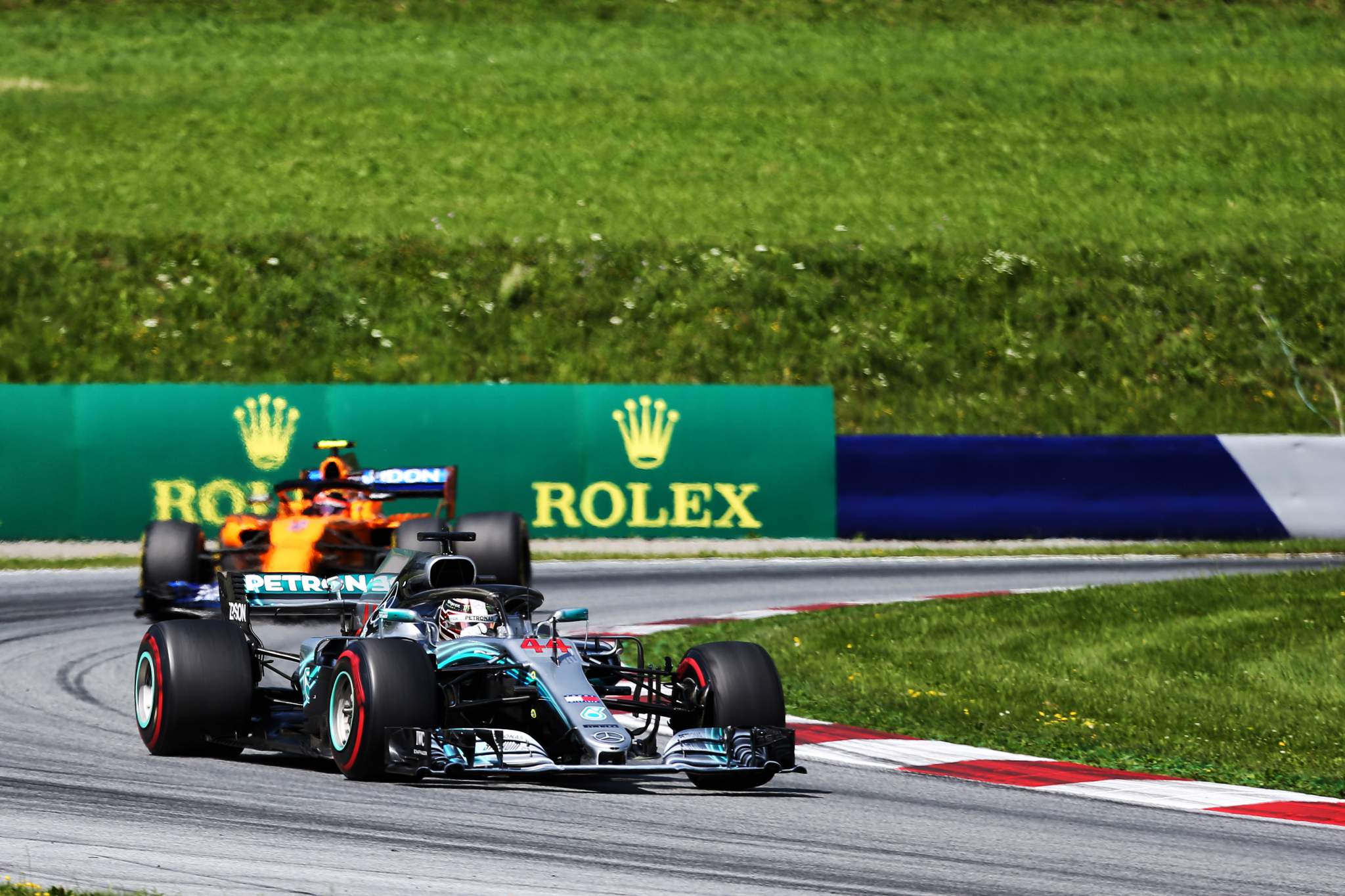
But before we put those numbers together, there’s another factor that should be considered – reliability. Today, retirements are uncommon, particularly when it comes to a dominant team like Mercedes. Hamilton has finished the last 49 races he’s started, with his most recent retirement in Austria 2018. So to the 22-race minimum, we should recalibrate the numbers based on percentage win rate in grands prix finished, rather than started.
It’s not a perfect measure as retirements can be caused by driver error or a lack of mechanical sympathy, but while something of a blunt instrument it’s the easiest way to filter for the dramatically different rates of DNFS without becoming overly subjective.
WIN RATE BY TEAM/DRIVER COMBINATION IN RACES FINISHED (minimum 22 races)
1 Alberto Ascari/Ferrari, 59.09%
2 Stirling Moss/Walker, 57.14%
3 Ayrton Senna/McLaren, 55.56%
4 Jim Clark/Lotus, 55.56%
5 Jackie Stewart/Tyrrell, 51.02%
6 Nigel Mansell/Williams, 50.91%
7 Lewis Hamilton/Mercedes, 50.00%
8 Michael Schumacher/Ferrari, 48.65%
9 Damon Hill/Williams, 45.65%
10 Michael Schumacher/Benetton, 41.30%
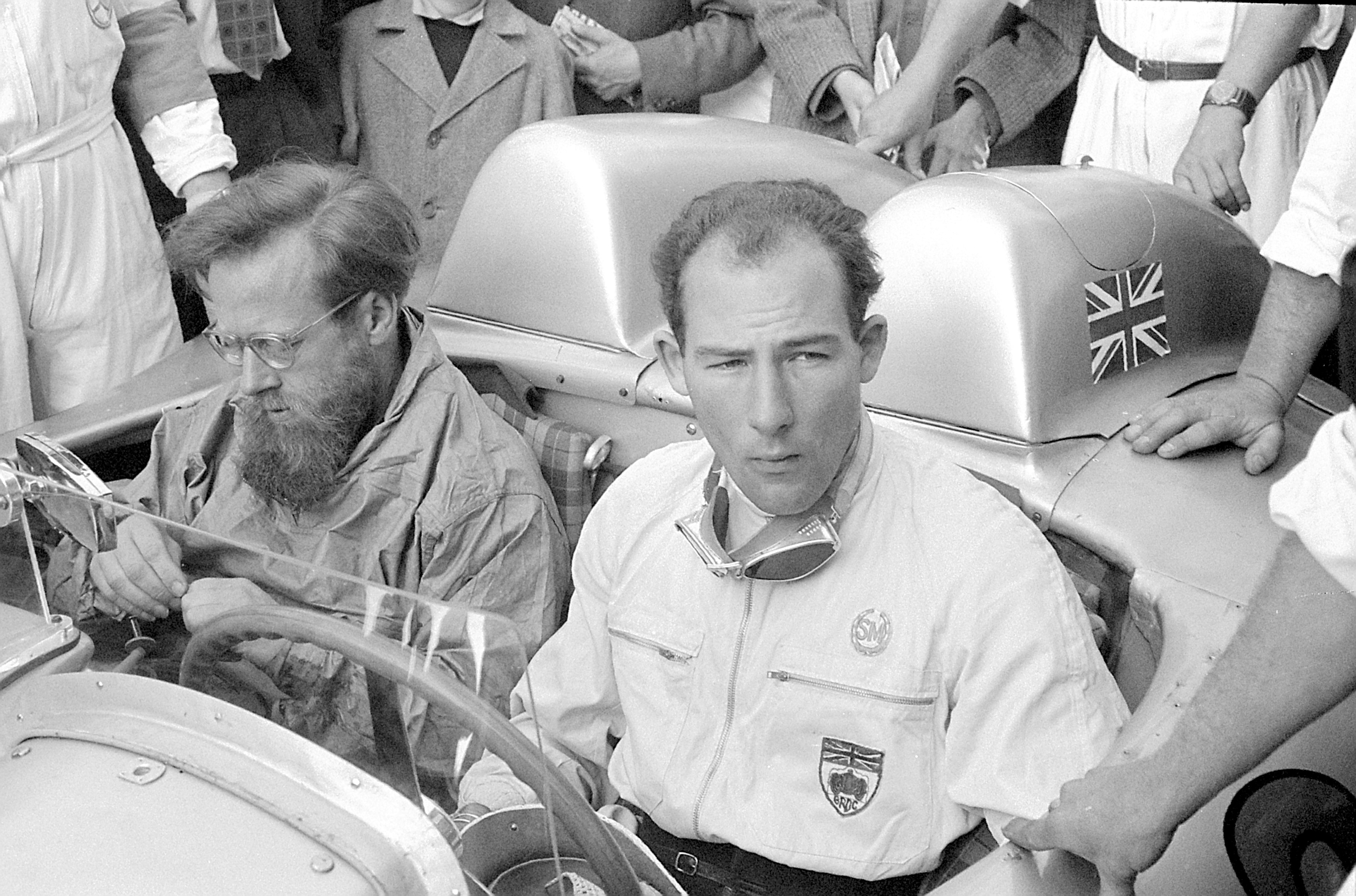
This methodology means all of the combinations that spring to mind based on the criteria discussed are included, with a few more besides. The most eye-catching change is the appearance of Stirling Moss with his outings for Rob Walker Racing in customer Cooper and Lotus machinery in second place. The win rate is ‘only’ 33.33% but once you factor in reliability, shoots up to 57.14%.
While Moss and Walker is a rightly celebrated partnership and by a huge margin the most spectacular alliance of a customer team and driver, the fact it’s not a constructor team does weaken its case to be considered the greatest alliance. After all, while Moss had input into the machinery, this wasn’t a team that was designing and building its cars from the ground up so the scope is more limited
But Hamilton is one of seven drivers with a 50% or higher win rate in that list, which shows his numbers still hold up impressively even when you filter for reliability. It also puts him just ahead of Michael Schumacher at Ferrari, although the early years of that combination proved tougher than hoped and drags the average down – as does the disastrous 2005 season on Bridgestone rubber after tyre stops were banned.
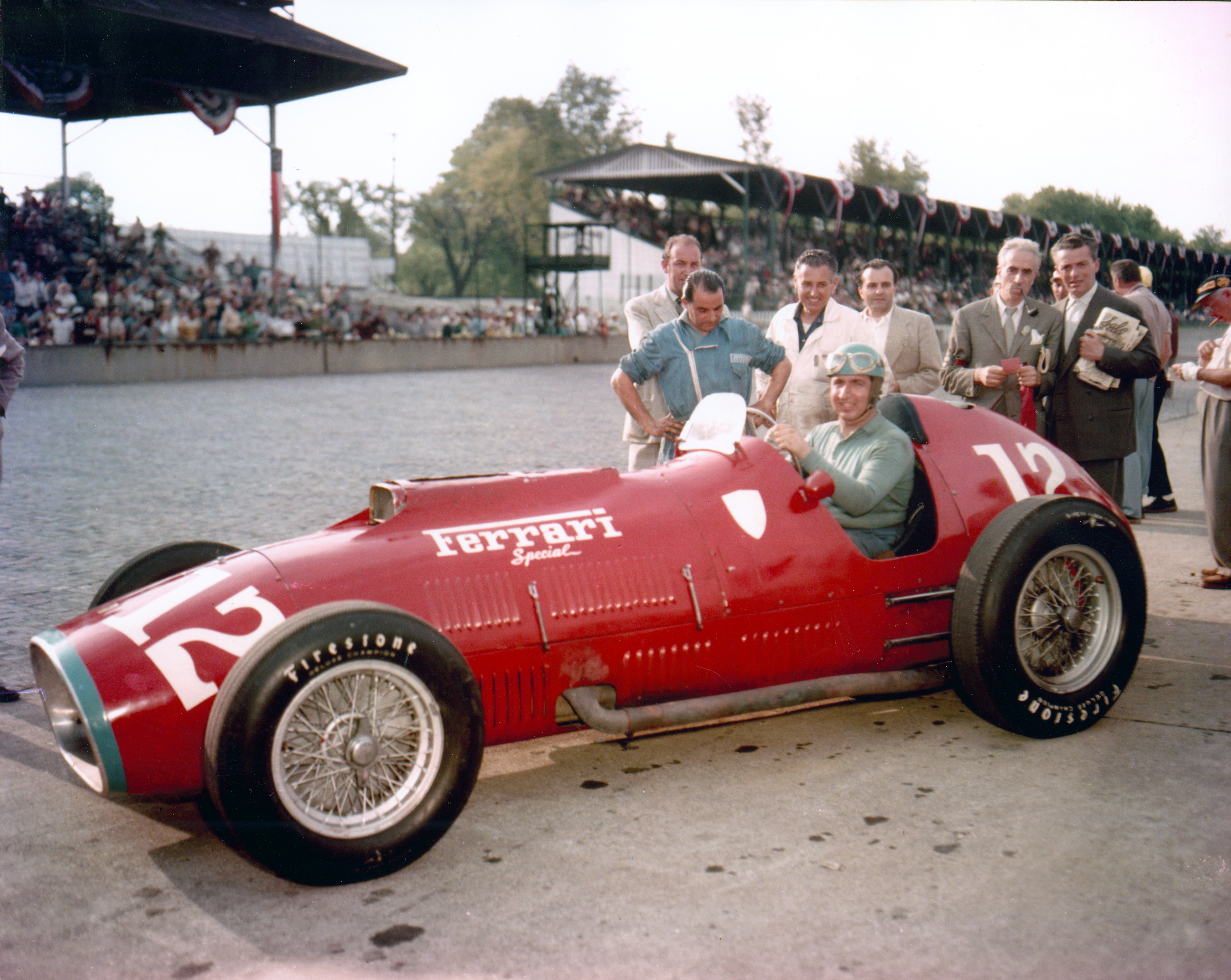
With the Ascari/Ferrari alliance limited by the fact Enzo Ferrari had a habit of making life difficult for his drivers, the strongest cases from the days of the smaller teams are Jim Clark with Lotus and Jackie Stewart with Ken Tyrrell. Both drivers were integral to their teams, with Clark spending his entire F1 career driving for Lotus and Stewart most of it with Tyrrell after starting off with BRM.
The case for both is very strong, but for Stewart arguably even stronger. His input to a Tyrrell team that ran Matra, March and self-constructed machinery during that period was enormous. Even the switch from Matra to become a constructor was spearheaded by Stewart given his insistence that running the Matra V12 over the Ford Cosworth DFV was not an option after winning the ’69 title. That led to a ‘lost’ year running the March 701 while waiting for the Tyrrell 001 to be introduced – but even then he won a race.
From the years between the two Scots and Hamilton, Senna with McLaren and Schumacher with Ferrari really stand out. You could also argue for Mansell and Williams, which also largely eliminates the dreadful 1988 season when he only finished two races in 14 starts, which was a formidable partnership. But the fractured nature, with three separate stints, counts against that. He also had to vie for being the team’s focal point with Nelson Piquet in 1986-7.
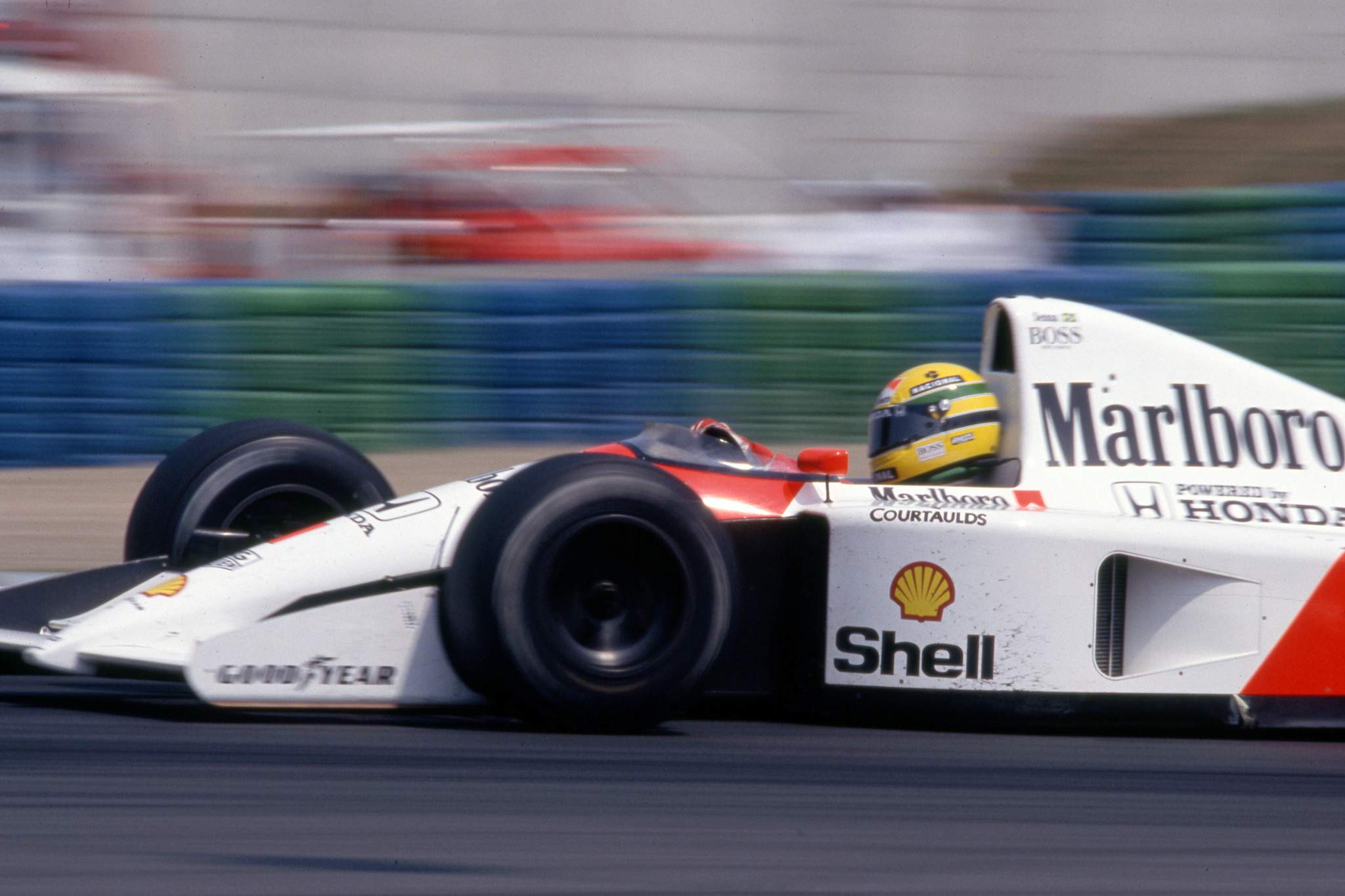
And becoming the focal point of the team has to be considered one of the final criteria for judging this. You can also argue this eliminates Senna and McLaren given the fractious relationship with Prost, and the fact the Frenchman won the ’89 title. You can use the same argument against Hamilton and Mercedes, given Rosberg beat him to the 2016 title even though it has become resoundingly his team since.
This is what perhaps gives Clark, Stewart and Schumacher the edge. They were the undisputed focal points of their teams during this period and critical to its success. But it’s difficult to look past the Stewart/Tyrrell axis. Without each other, they likely wouldn’t have achieved the same level of success and Stewart had an input into the team that outstrips what’s possible for a modern driver.
But that’s the trouble with such comparisons and this is a subjective argument. It’s impossible for a driver today to have the same input to a team as Stewart did in the late 1960s and early 70s. And as with any analysis, the journey is more important than the outcome and it doesn’t in any way diminish Hamilton’s brilliance. After all, as Scott Mitchell explains here, he’s still had a vast influence on Mercedes and does far more than just jump into a fast car – he’s a big part of making it fast.
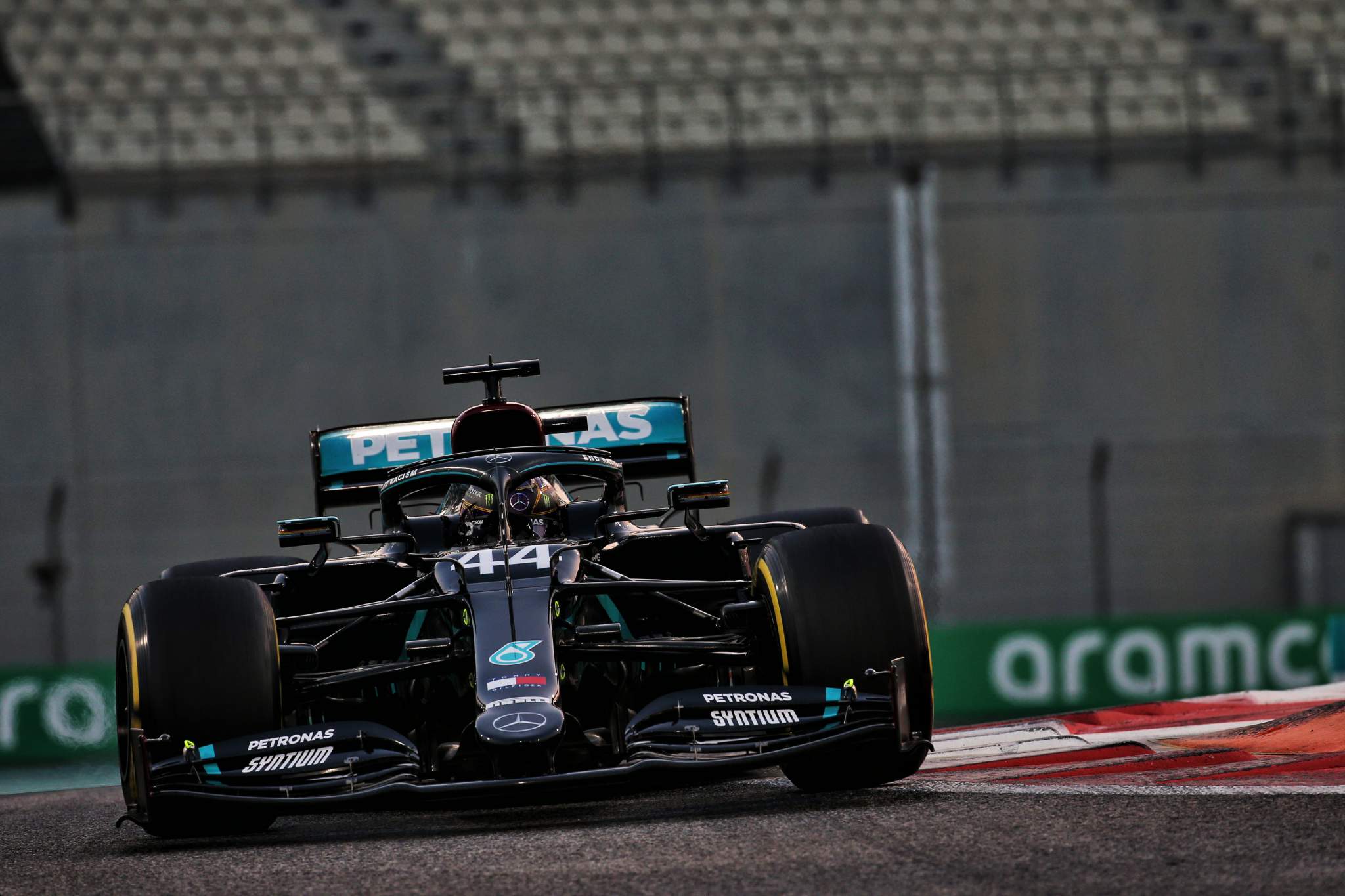
Hamilton is by any measure one of the greatest F1 drivers of all time – and you can make a very strong case that he is number one – and through his Mercedes success is also part of one of the greatest partnerships. The nature of his relationship with Mercedes is the perfect one for F1 in this era, just as Stewart’s was in his.
With a new deal for 2021 expected, who knows what success might lie in the future for Hamilton and Mercedes. Potentially, enough even to move them to the very top of the somewhat subjective list of greatest alliances. THat’s another reminder that their incredible success is history in the making.



